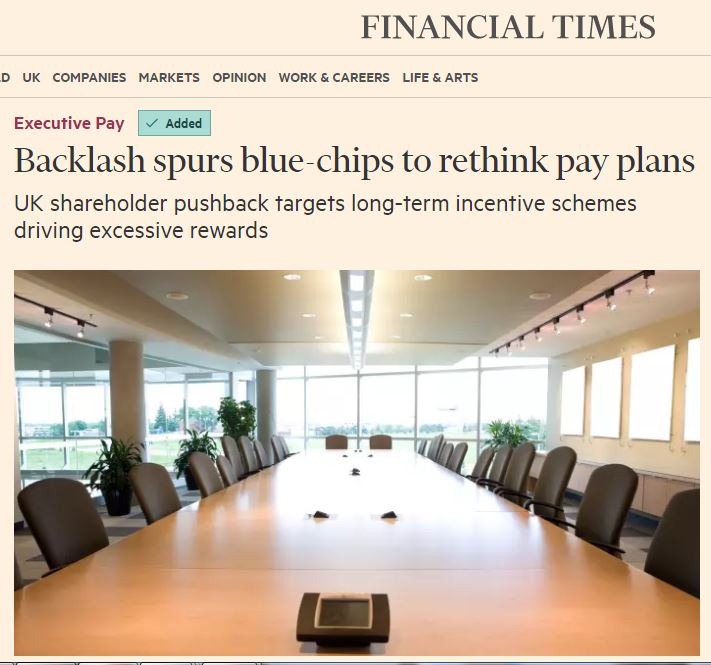
Executive pay is a broken system. Every day another headline appears in the business media with Boards not knowing which way to turn for the best. That’s why MI decided to set up its own CEO Remuneration Project last year; a small dedicated team to devise a lasting, practical solution to the problem.
The output from that project is MI’s CEO Rem Model, which we have now submitted as our response to the UK Government’s (Department for Business Energy and Industrial Strategy) Green Paper on Corporate Governance Reform, which devotes 16 pages (out of 57) to the importance of getting executive pay right. Right has to mean right for every stakeholder.
The CEO Rem Project Team built on earlier MI research that produced the OMINDEX: a benchmarking scale, based on a universal definition of value, that compares organizations’ relative capabilities for maximising value creation from the total capital at their disposal (including human capital). These OMRs (organizational maturity ratings) reveal just how deficient remuneration committees (REMCOs) are in terms of their capabilities for producing coherent and systemic pay policies that reflect the true value of the organization to society as a whole. One of the root causes of their problem is their inability to measure how successful CEOs are; not only today but into the future.
Conventional measures for CEOs of publicly quoted companies would include the company’s market capitalisation; a crude measure that multiplies the share price (P) by the number of shares allocated. This metric will change daily, if not hourly or by the second, and should therefore be used with great caution. One other standard metric is book value (B), calculated as total assets minus intangible assets such as patents and goodwill. This also has well-recognised, severe limitations in that CFOs have so far failed to fully account for human intangibles. Yet these two metrics are often combined to produce a standard ratio for company performance – the P/B ratio – where we would expect it to be higher than 1 (i.e. the company is worth more than just its net tangible assets).
What is not factored into this equation are the many other considerations that society now demands; such as the impact the company’s CEO is having on the environment; how they treat their supply chain; whether they get the best value from their human capital and, most important of all, how capable they are at creating an organization that is best placed to weather any storm the company might encounter in the future. That is why the MI project team developed a very simple, composite, metric that converts a rather limited ratio into one that reveals everything about the way the CEO is managing the company and all of its stakeholders. We call this Total Stakeholder Value (TSV) and it can be easily calculated using a simple formula: –
TSV = P/B x OMINDEX (i.e. the company’s OMR rating)
So a company with a P/B of 1 (i.e. just trading at book value) but an OMR of 50% will have a TSV of 0.5. This means that however valuable the company is perceived to be today, its capability for serving all of its stakeholders is only half of what it could be. This is how we should be assessing the performance of CEOs, and the Board and rest of the C-suite, not only as a snapshot today but a richer picture of how well their companies are likely to serve the needs of the whole of society tomorrow.
Comments are closed